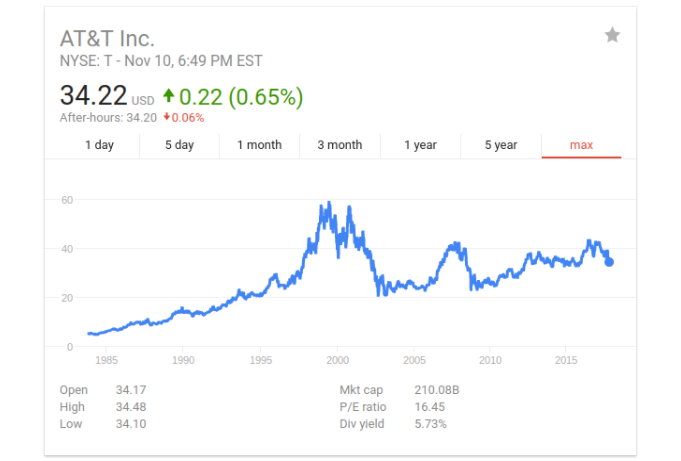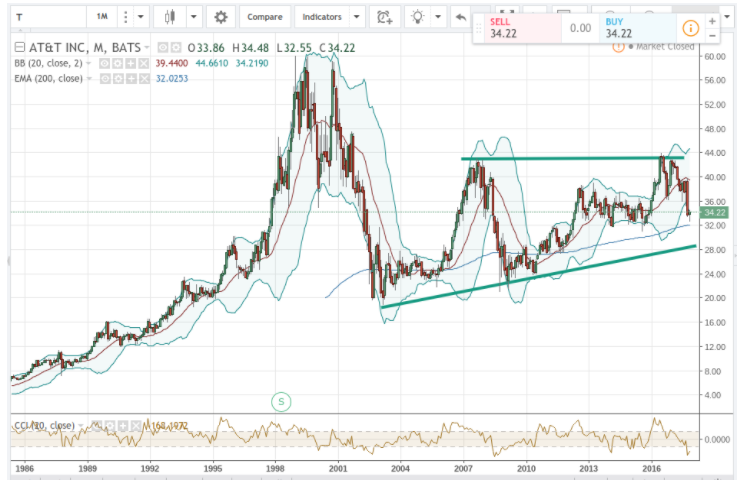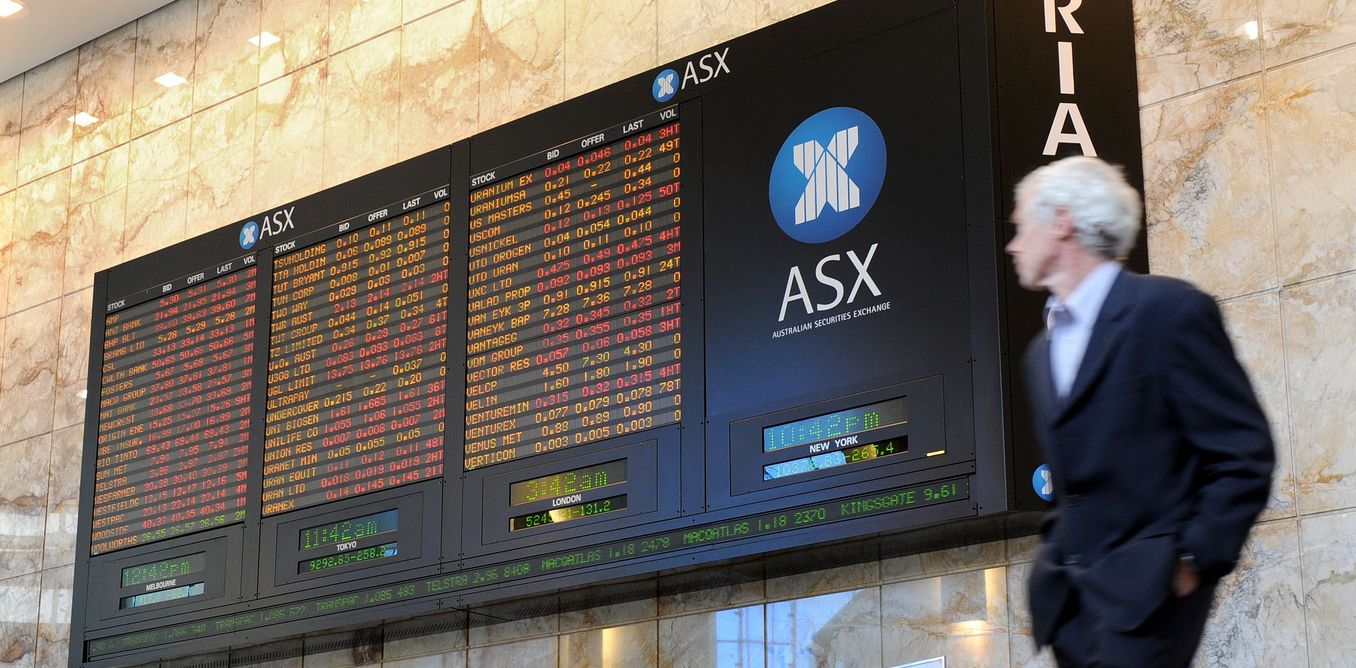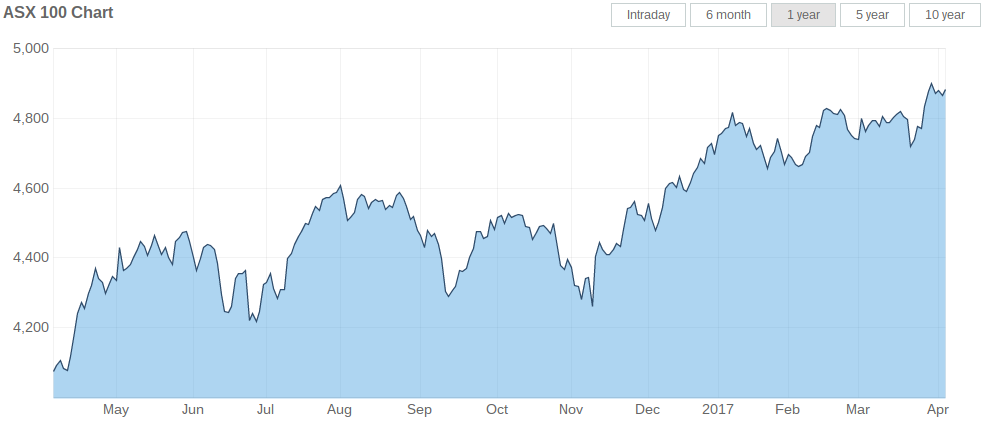AT&T: The Real Risk For Stock Investors
- Valuations in AT&T are now trading within striking distance of the 2015 lows.
- Heightened competition in mobile and diminishing demand for traditional cable services have only been exacerbated by the building concerns over the viability of potential deals in acquiring Time Warner.
- We believe the real risk here is that investors are so heavily positioned for a bullish outcome that any negative surprises could generate massive downside volatility in T before year-end.
The stock market rallies of 2017 have failed to make their presence felt in the valuation of AT&T (T), which is dealing with a disruptive confluence of negative events that has only fueled the stock’s downside volatility. Heightened competition in mobile and diminishing demand for traditional cable services have only been exacerbated by the building concerns over the viability of potential deals in acquiring Time Warner (TWX).
Real questions remain with respect to whether or not these agreements will reach a favorable conclusion. But it continues to look as though the general consensus is positioning for the merger to proceed in its original form. Are there too many passengers on one side of the boat? Perhaps. And this is the real risk for valuations in AT&T near-term. If you are already long the stock (as we are) this is not enough of a reason to completely abandon ship, as there is still scope for an acceptable outcome for shareholders. But, at the same time, we do not recommend loading up on T at current levels and investors will need to prepare for extended volatility going forward.

On a year-to-date basis, AT&T is trading lower by almost -20% in a broader market where the SPDR S&P 500 Trust ETF is showing gains of nearly +15.5% for the same period. Volatility in TWX has been even more extreme of late, and the headlines over the weekend have focused on comments from President Donald Trump suggesting that he has not attempted to block the Time Warner deal unless CNN is sold to a separate media entity.
Speculation here has run rampant over the last few weeks, as there is still a strong belief that Trump has a vendetta against CNN and that he is interested in blocking any potential deals that could benefit the company. But, in our view, these discussions largely miss important parts of the equation. We could still see the Department of Justice take these talks in an entirely different direction, namely a requirement to divest DirectTV rather than CNN.
AT&T Deal with Time Warner
Most of the arguments siding with a likely approval of the Time Warner deal cite historical precedents in the Comcast (CMCSA) acquisition of NBC Universal. But the reality is that these two arrangements not as similar as they might seem.
As it was originally structured, the AT&T-Time Warner deal would have far more potential in terms of the ways a combined company could limit competitive influences within the industry. CEO Randall Stephenson has gone to great lengths to explain that there is no interest in selling CNN, and it would not be surprising at this stage to see extended litigation to keep the finalized asset base intact.
For investors, this suggests more volatility and since T is typically thought of as a conservative stock position it is still not entirely clear how the market will react if more downside moves are seen. None of this even touches the discussion of how an approved deal would impact AT&T’s debt load (which would surpass $180 billion if the deal passed in its current form). This would almost certainly lead to discussions on the way T’s dividend could be impacted — but that is a conversation that will have to be reserved for a later date once more information becomes available.

AT&T Chart Analysis
The market freefall in AT&T that occurred after hitting resistance near 43 has created a double-top in the region that will likely generate significant headwinds for the stock options trading outlook on a long-term basis. All hope is not lost, however, because we are still in the midst of an ascending triangle formation that is bullish in nature as indicator readings are attempting to bounce out of oversold territory.
This should help to stall further losses and we are now coming into additional support through the 200-period exponential moving average on the monthly charts. Share prices in T have pivoted around this reading for the last several years, and so this will be a critical line in the sand to monitor for positioning ideas in the weeks and months ahead.
Overall, there are arguments that can be made on both sides but the balance of the evidence still supports the bulls for the time being. We will remain long T and collect on the 5.7% dividend yield until we see a breakdown in the aforementioned price support zones.



